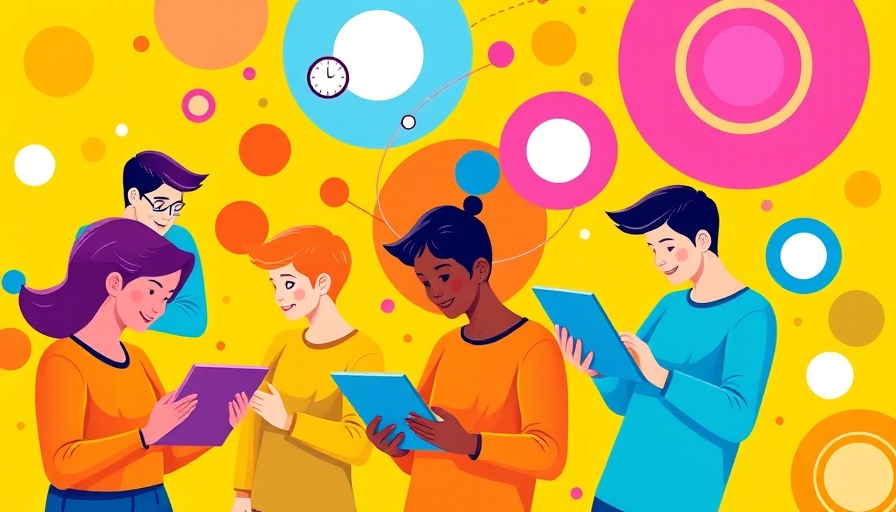
Understanding the End of Support for Windows 10
As October 14, 2025, approaches, the reality sinks in for many nonprofit organizations: Microsoft will officially end support for Windows 10. For nonprofits relying heavily on their computers for managing operations, communications, and other critical activities, this impending deadline represents a pressing concern. Without support, organizations risk facing not only the loss of security updates but also operational inefficiencies due to potential software incompatibilities.
Why You Shouldn’t Ignore the Windows 10 End of Life Notification
Continuing to use an unsupported version of Windows 10 may seem convenient, especially if your existing applications are performing well. However, being out of the update loop puts your organization at significant risk. Malware, ransomware, and other cyber threats are evolving rapidly, and without regular security patches, your sensitive data, including donor information, could be at stake. The National Cyber Security Centre highlights that organizations failing to update software are prime targets for cybercriminals looking to exploit vulnerabilities.
Option 1: Staying on Windows 10 – What You Need to Know
If you decide to maintain your use of Windows 10 post-EOL, one recommendation is to enhance your security protocols. Invest in reliable antivirus software from reputable sources. TechSoup partners with providers like Avast and Norton to offer affordable security solutions tailored for nonprofits.
Moreover, keeping software like web browsers up-to-date can create additional barriers against cyber threats. Organizations can also look into Microsoft’s Extended Security Updates (ESU) program for a transitional safety net. While it's important to seek continuity, consider the implications of a temporary solution.
Option 2: Embracing the Upgrade to Windows 11
The migration to Windows 11 could represent not just a change in software but an opportunity for improvement. Windows 11 is designed to be more user-friendly, featuring a redesigned interface and performance enhancements that can facilitate productivity. Organizations that upgrade can benefit from ongoing updates and a more secure environment. As TechSoup notes, the investment in an upgrade can yield long-term benefits that enhance your organization's capabilities in the long run.
Inspiring Change: The Value of Embracing Technology
For many nonprofits, the adoption of new technology can seem daunting. However, it’s crucial to view this shift as an opportunity rather than a challenge. Embracing Windows 11 or alternative solutions encourages innovation and can pave the way for more effective fundraising and community outreach efforts. Your organization can improve the way it operates, ultimately leading to greater impact in your mission.
Practical Steps to Ensure a Smooth Transition
To mitigate disruption, nonprofits should start by assessing their current software landscape and addressing compatibility with Windows 11. Planning staff training sessions to familiarize users with the new interface can ease the transition. Regular meetings to discuss the software's benefits and share best practices can promote a positive adoption culture.
Finally, leverage resources from organizations like TechSoup that provide budgeting assistance and technology training to help nonprofits make informed decisions. Together, nonprofits can strengthen their technological presence and continue to serve their communities effectively.
With only two years left until support ends, the time to act is now. Whether you choose to upgrade to Windows 11 or negotiate a safety extension, your organization's digital resilience depends on proactive decision-making. Consider the insights shared in this article and start planning your steps today for a secure tomorrow.
 Add Row
Add Row  Add
Add 


Write A Comment